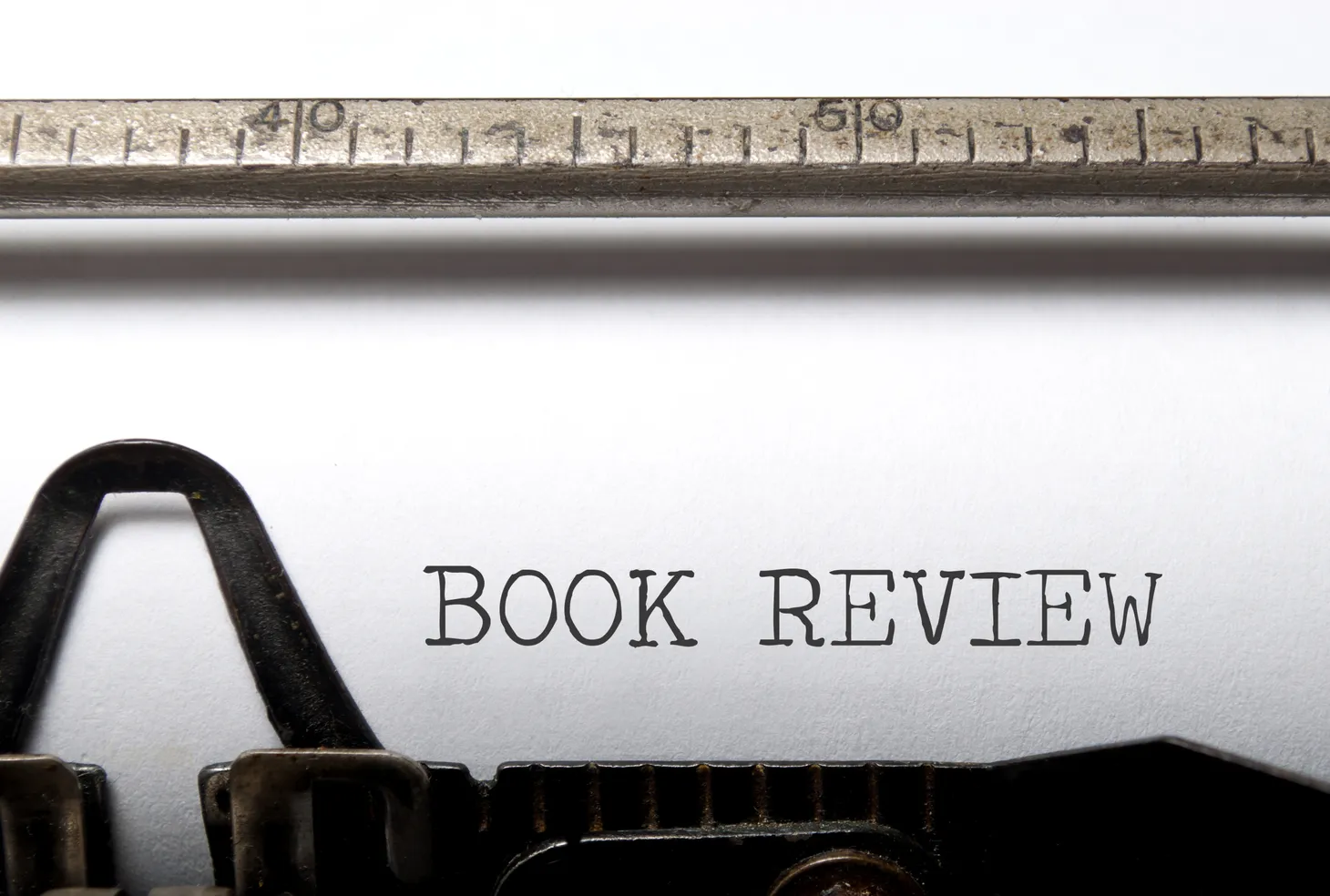The Promise of Online Dating
Are you in a serious relationship or married? If so, how did you meet your spouse or partner? I work with a lot of young single people and most, if not all, of them have tried online dating. Some of them are young enough that the idea of not using online dating sites is incomprehensible. […]

What new distribution channels need to be created to reach customers?
Are you in a serious relationship or married? If so, how did you meet your spouse or partner? I work with a lot of young single people and most, if not all, of them have tried online dating. Some of them are young enough that the idea of not using online dating sites is incomprehensible. Since Match.com went live in 1995, online dating has become an acceptable way of meeting your partner if you are lucky, or, if you are unlucky, going on a lot of first dates with people you hope to never see again.
Now, if you look at successful relationships as a commodity, then the creators of Match.com were also the creators of a radical new distribution channel for a product. Yes, online dating is following in the footsteps of lonely hearts newspaper classifieds. However, the instantaneous nature of online dating, combined with the bottomless pool of “potentials,” has radically changed How people set about finding their partners. It has also dramatically changed their expectations of what qualities that partner should have, and what compromises—if any—they should be willing to make.
Early in 2011 Match.com, a paid site, purchased OKCupid.com, a free dating site. OKCupid had been very vocal about how paid sites work against users’ interests by artificially inflating membership numbers or counting both a couple’s engagement and marriage toward final tallies of successful relationships. It will be interesting to see how the two sites coexist and merge their opposing distribution philosophies, and which proves to have the most success in the marketplace.
It will also be interesting to observe how the central promise of online dating, endless choice, changes how people go about selecting and committing to a partner. In other words, how the evolution of the distribution channel changes the entire concept of what the product in question is, and what role it plays in the customer’s life.
Sparking Points
- How much of your customer’s “wallet share” is going to different distribution channels? How is that changing?
- How are these new distribution channels changing the capabilities and features of your product, as well as how your customer values your product?
- What new distribution channel not in existence today could create a unique competitive advantage for you?




